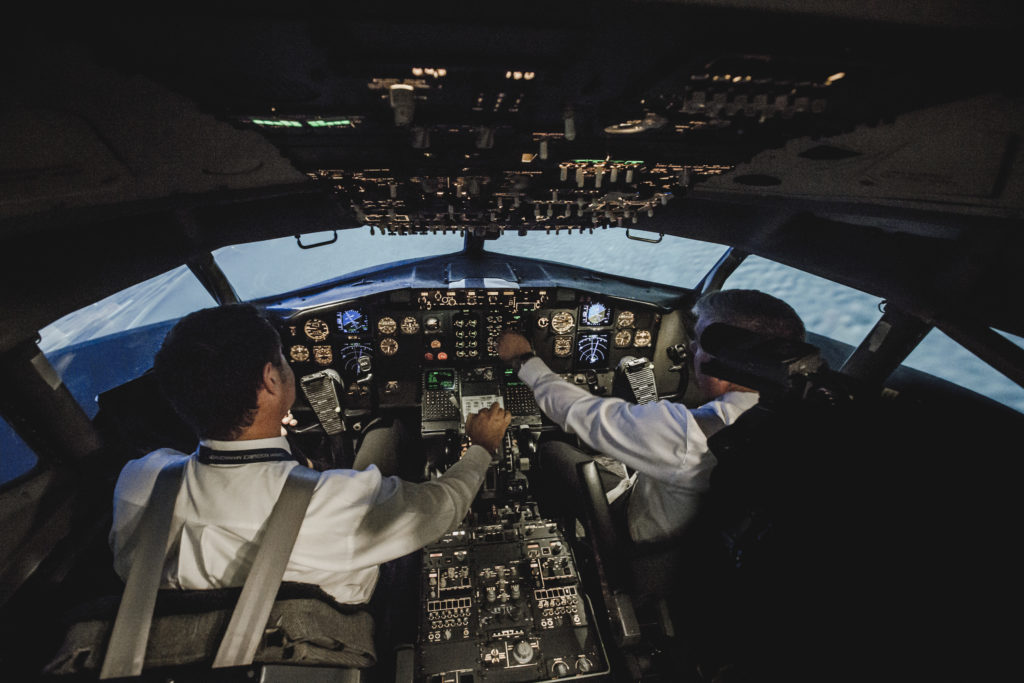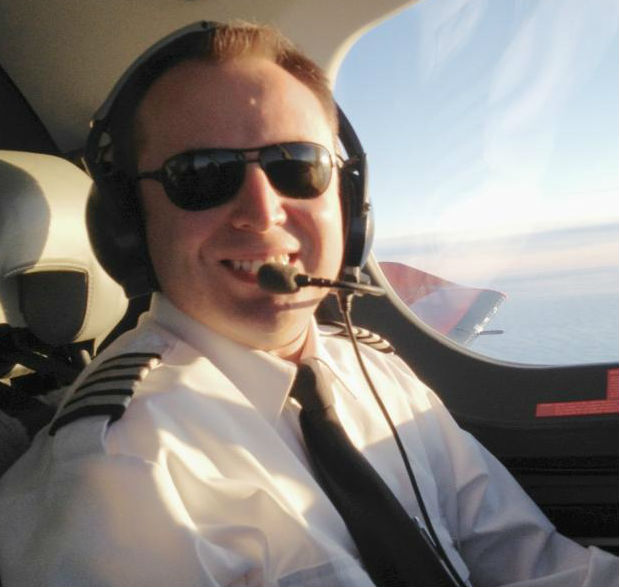Estimated reading time 5 minutes, 36 seconds.
The federal government is being urged by the Air Transport Association of Canada (ATAC) to make it easier for student pilots to cover the cost of flight training by supporting student loans, matching industry investments in new equipment, and amending what ATAC says are outdated Transport Canada regulations.

“Lack of financing is the most often cited reason why people discontinue flight training or choose not to pursue it,” ATAC said in a Dec. 4 brief to the House of Commons Standing Committee on Transport, Infrastructure and Communities. “Making financing available would bring more people into aviation, and also give policy-makers a tool to incent . . . people into jobs where they are most needed.” It noted that similar incentives already are in place to draw medical personnel to remote and often under-serviced regions of Canada.
Rather than waiting for the government to take the initiative, the organization said it is already consulting commercial banks to create “a student loan product” specifically for Canadians, but it admitted that the banks want some protection in the form of government loan guarantees. In one scenario, ATAC estimates that a “relatively small investment” of approximately $45 million over 10 years could add 600 commercial pilots annually.
Assuming that all 600 borrowed $75,000 to cover training costs of becoming qualified to operate single pilot multi-engine commercial aircraft–that would total $45 million annually. If there was a 10 per cent default rate, that could leave the government on the hook for $4.5 million a year, the estimated government’s “investment.”
Helping schools to invest in new aircraft and related equipment such as simulators and flight training devices is also seen by ATAC as part of the solution.
“The typical Canadian flight school operates aircraft that are older than the pilots who fly them,” said ATAC, pointing out that newer aircraft are often quieter and more fuel-efficient as well as more similar to the aircraft students would eventually fly. “Simulators are another game-changing technology that [are] in short supply at most flight schools due to the fact [that] their cost is similar to a new aircraft.”
Explaining that newer aircraft and simulators clearly represent significant capital outlay for schools that typically operate on tight margins, ATAC said a dollar-for-dollar investment by government would almost immediately increase schools’ training capacity. Similarly, $1.20 for each $1 spent on Canadian-built training aircraft would stimulate manufacturing.

As for the Canadian Aviation Regulations (CARs), they are largely unchanged since their introduction in 1996. “Since then, many things have changed, including advancements in simulator technology and a shift towards evidence and competency-based training techniques,” said ATAC. “The wording of the CARs . . . effectively prevents these advances from being used in ab-initio flight training.”
ATAC also questioned the Canadian Aviation Regulatory Advisory Council approach to amendments, calling the government-industry approach “slow and difficult” since the CARAC was set up a quarter of a century ago. More efficient and effective, it suggested, would be the Aviation Training Organization (ATO) model used elsewhere.
Rather than complete a minimum 45 hours of flight training, including up to five hours in a simulator, the ATO could demonstrate that 20 hours in a modern simulator can turn out a student who is just as competent in the air–not only at lower cost but also with less air pollution.
“ATAC has been working with Transport Canada on an ATO framework for several years, [but] every year we hear that it is close to being ready. . . . It would be in the best interest of the general public as well as pilots and the aviation industry for a carefully designed ATO framework to be approved as soon as possible.”
More use of the Student Work Integrated Learning (SWILP) program run by Employment and Social Development Canada also was recommended. The program has helped thousands of students to acquire work-related skills in other trades and professions. However, a proposal to extend it to pilots who want to become instructors or floatplane-certified pilots has made little progress, despite what ATAC said is “wide praise” from industry and government and the expectation that it would enable more instructors to train more pilots as a way of tackling the shortage.









Not only “Fixed Wing” but Helicopter Flight Instruction, a more costly endeavor, should also be included in the “student loan product”. Very soon, if not already, there is or will be a shortage of Rotary Wing Pilots.
You again seem to forget AMEs and the higher cost to attend school for 2 plus years. We’re going to be short more maintenance people than we are pilots!
Hey ATAC, instead of pushing for more sim time and telling people to borrow money for training, how about addressing the root problem by providing some means to actually pay back those loans with salaries and duty times that don’t lag behind the entire world? It takes a decade to make a regular wage. This old story of crying shortage yet perpetually turning a blind eye to the main factor of salary is frustrating.